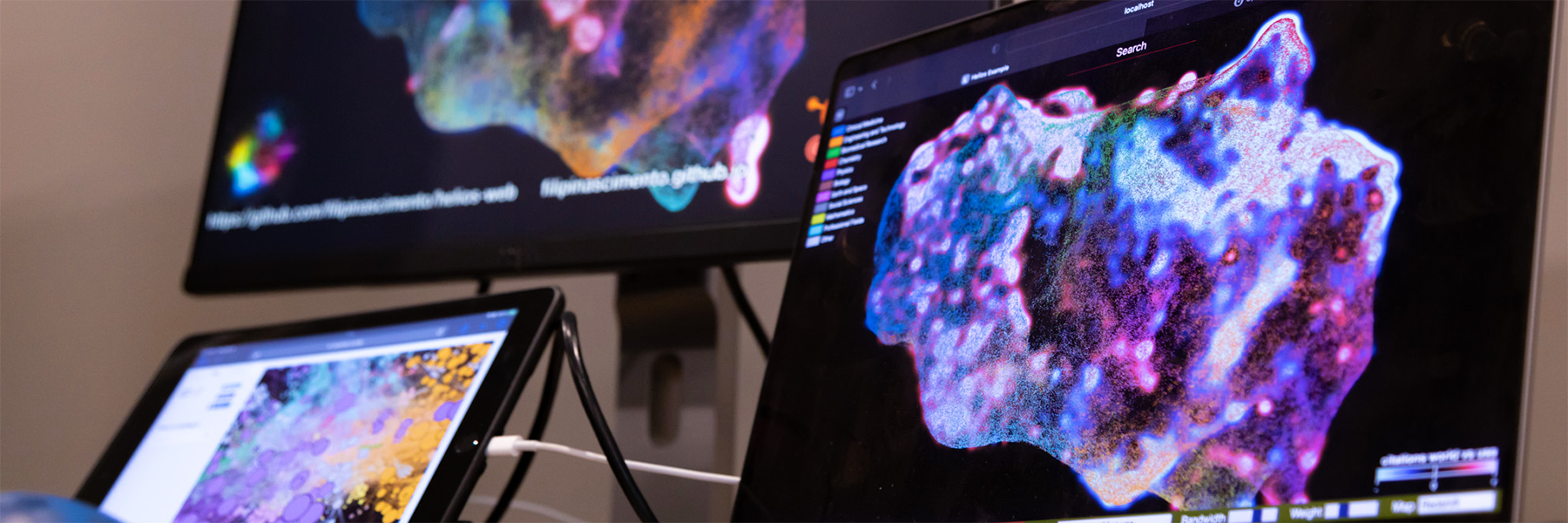IUB will accelerate the scale and scope of transformational research and creative activity.
A thriving, multifaceted research community, IUB will build upon its existing areas of excellence while continually pushing into new intellectual and creative terrain. As we look to the future of research on our campus, we will continue to build upon areas of historic strength—in the arts, humanities, social sciences, and STEM and professional fields—while identifying key areas of emerging possibilities that position us to strategically focus on and address complex societal challenges locally, nationally and globally. Researchers and scholars will be surrounded at each stage of their career by the structures and resources that allow them to flourish in their research and creative pursuits.



